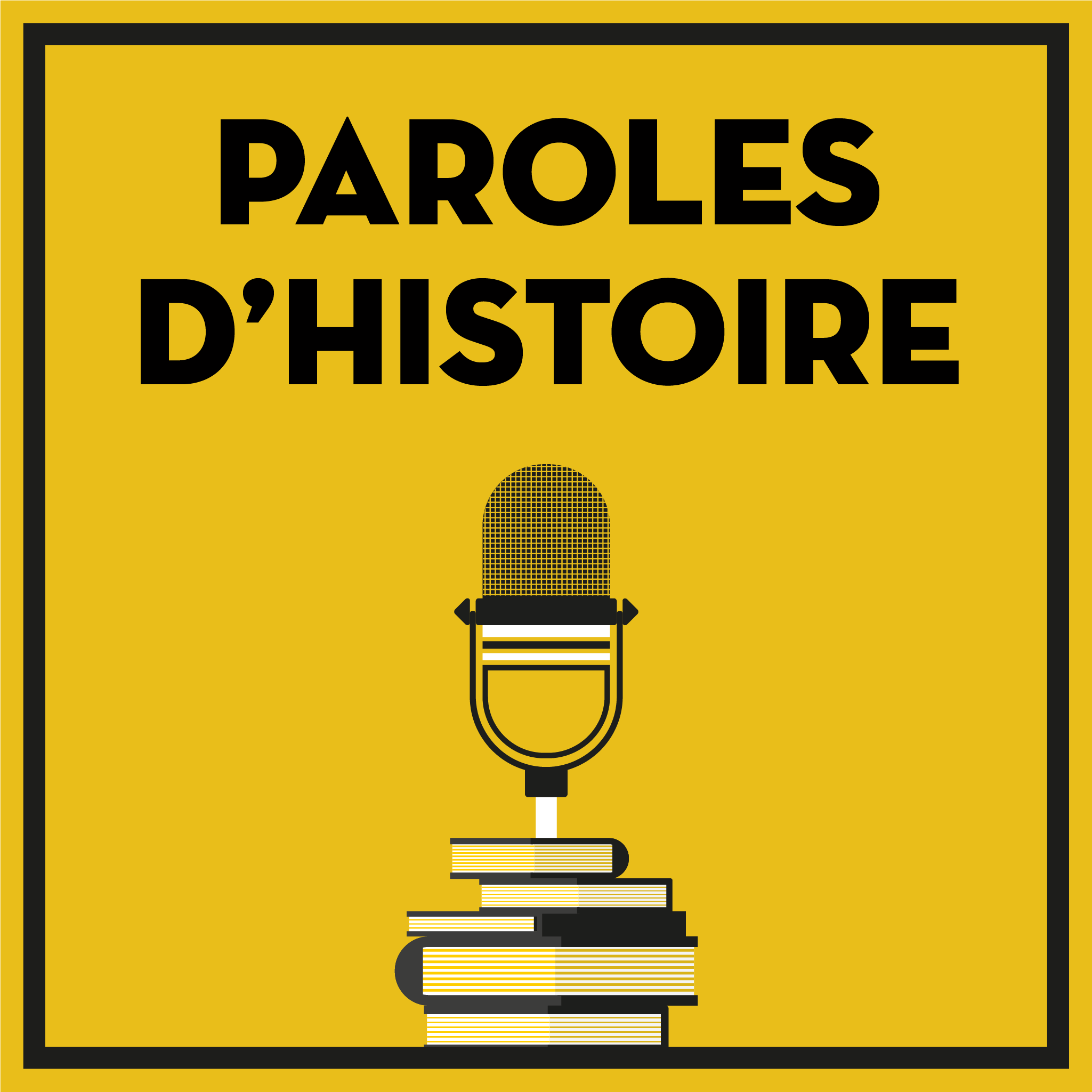The Science Observer: Chemistry Rule Breaks Century Record, Brain's Hidden Cleanup Crew, and Super-Cells Transform Healing
Description
What happens when scientists break rules that have stood for 100 years? Join us for a fascinating journey through three groundbreaking discoveries that are rewriting scientific textbooks. In this episode, discover how UCLA chemists shattered a fundamental rule of molecular chemistry, learn about the brain's remarkable cleaning system that activates during sleep, and uncover a revolutionary new cell type that could transform healing and regenerative medicine.
Timestamps:
(00:00 ) Intro
(00:46 ) Breaking Brett's Rule in Chemistry
(03:56 ) Brain's Cleaning System
(07:16 ) Super-Cells Discovery
(10:20 ) Outro
This week's stories:
- UCLA chemists, led by Neil Garg, have successfully created molecules that defy Brett's rule—a fundamental principle in organic chemistry that has stood unchallenged since 1924. The team developed a novel method using silyl halides and fluoride sources to create "anti-Brett olefins" (ABOs), which were previously thought impossible to synthesize. These highly unstable molecules required special trapping agents to capture and stabilize them, opening new possibilities for drug development and challenging our understanding of molecular architecture.
- Researchers at Oregon Health and Science University have provided the first definitive evidence of the glymphatic system—the brain's specialized cleanup mechanism—in living human brains. Through a groundbreaking study involving five neurosurgery patients and contrast agent tracking via MRI scans, scientists confirmed this system primarily operates during deep sleep, using cerebrospinal fluid to flush out toxic proteins like beta-amyloid and tau. This discovery could revolutionize our approach to treating neurodegenerative diseases such as Alzheimer's and Parkinson's.
- Scientists at the South Australian Health and Medical Research Institute have discovered a remarkable new cell type called Endomac progenitors, fulfilling a century-old theoretical prediction. Found in the outer layer of mouse aortas, these versatile cells can transform into both blood vessel cells and immune cells crucial for tissue repair. Most notably, these cells lack typical self-markers that trigger immune rejection, making them promising candidates for transplantation. Initial tests in diabetic mice have shown impressive wound-healing results, potentially revolutionizing regenerative medicine treatments.
Social Media:
Don't forget to follow The Digital Drift Network on social media and join the conversation! Share your thoughts and questions – we'd love to hear from you.
Links:
Read more about the stories:
Breaking Brett's Rule in Chemistry
*Disclaimer:
This podcast is created with the help of several AI tools. Even though our team always strives for accuracy through rigorous fact-checking, please note that some inaccuracies may occur. We encourage listeners to engage and explore our topics further. The voices are created with ElevenLabs AI voice technology. This podcast is created for entertainment purposes only.
Episode: https://podcasters.spotify.com/pod/show/the-science-observer/episodes/Chemistry-Rule-Breaks-Century-Record--Brains-Hidden-Cleanup-Crew--and-Super-Cells-Transform-Healing-e2redpq
Podcast: https://podcasters.spotify.com/pod/show/the-science-observer
























